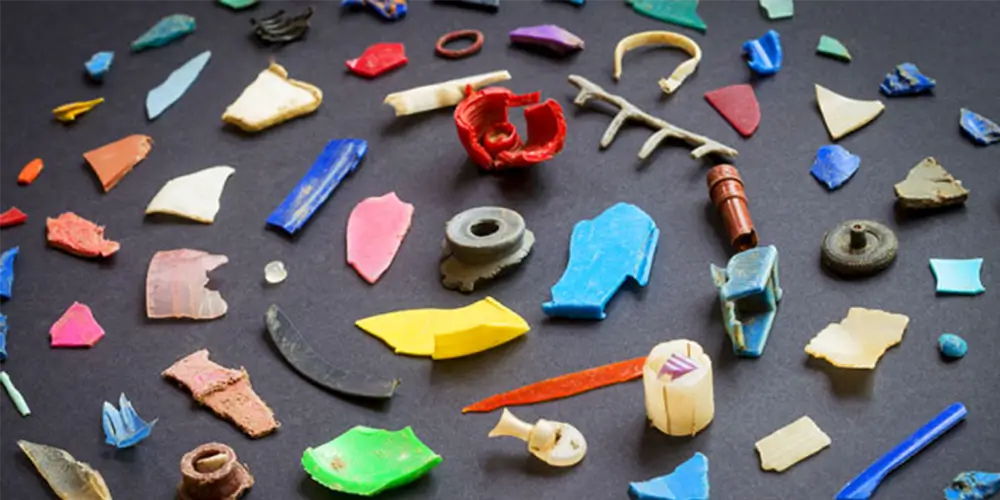
“Entrepreneurs and product developers have a big opportunity to make a significant difference.”
Alison von Moger
An Entrepreneur’s Guide to Good Sustainable Design
Did you know that over half of global consumers are willing to pay more for a product if the company is committed to being socially and environmentally responsible? According to a report by Nielsen where 30,000 consumers across 60 countries were polled, Asia-Pacific ranked highest (64%) for their preference to buy socially & environmentally sustainable brands.
Developing a new product can be incredibly rewarding, but it also comes with a lot of responsibility. Since a large portion of a product’s future environmental impact is decided during the early stages of its creation, entrepreneurs and product developers have a big opportunity to make a significant difference and even be rewarded for it in sales and consumer loyalty.
Here are a few ways you can improve the environmental legacy your product leaves behind.
Pick apart your product’s lifecycle
Have you thought about where your product might be 10 or even 20 years after it has left the production line? Smart companies are no longer relinquishing responsibility as soon as their product is sold; they’re using it as an opportunity.
A product’s total lifecycle from beginning to end can be quite elaborate, however it is important to have an understanding of the key impacts that may occur along each stage. A product’s lifecycle can be broken down into five main parts; extraction of raw materials, manufacture, transport, use and end of life.
Considering each phase allows for a holistic view of your product’s potential impact and will help you build an understanding of where changes can have maximum effect. Ask your product development team about using life cycle analysis tools to help you design more sustainable products.
Cut back consumption of materials and resources
Simply using less is a good start to reducing the impact your product has on the environment. This can be achieved by using less material and fewer different materials in your design. However, take care not to impair functionality when doing this, as a product that is not used or breaks easily will not have a reduced impact and will likely lose you customers!
Combining the function of two products into one is another way to reduce consumption of materials and resources whilst providing added benefit. Taking it even further, the same idea can also be applied to the usage phase of a products life by designing them to be more efficient. This also goes for the consumption of resources over the life of the product.
Seek opportunities to incorporate reduced impact materials
Deciding what materials to use for your product may be more important than you think. Cutting corners could be catastrophic. Your product’s material is what gives your product many of the characteristics it needs to perform its function; hardness, flexibility, colour, texture etc. This decision plays a large role in the environmental impact of your product. Choosing materials that have less harmful extraction and processing methods are preferable. Ideally choose materials that are from nearby, sustainably managed renewable sources that can be composted when their usefulness is exhausted.
Rethink your product’s use
Think carefully how your product may be used by consumers. Could it be a service? Many businesses today are successfully shifting from consumption mode and personal ownership of products to provision of services which provide similar functions. New opportunities could be found by rethinking your business model.
Design for longevity
Longevity shouldn’t be a luxury when it comes to products. Entrepreneurs and product developers have an opportunity to help keep products out of landfills and reduce the number of products being produced to replace worn out broken items. With a society built on convenience, there is often a push towards disposable items. Whole industries have even been built around the concept of consumables. This is not the answer.
Building longer-lasting and better-functioning products that need to be replaced less frequently will not only build a loyal base of delighted customers, but reduce the environmental impact of producing replacements.
Award your product an honourable exit
According to the most recent Waste Account report released by the Australian Bureau of Statistics, waste generation in Australia is rapidly increasing. The average Australian household generates about 1.5 tonnes of waste each year which has contributed to a staggering 145% increase in total waste from 1997 to 2012.
Help build a better future by celebrating your product’s end of life. Ask your product design and development partner how you can design your product for reuse and recycling by making your product easy to disassemble; allowing parts to be reused to make new products.



